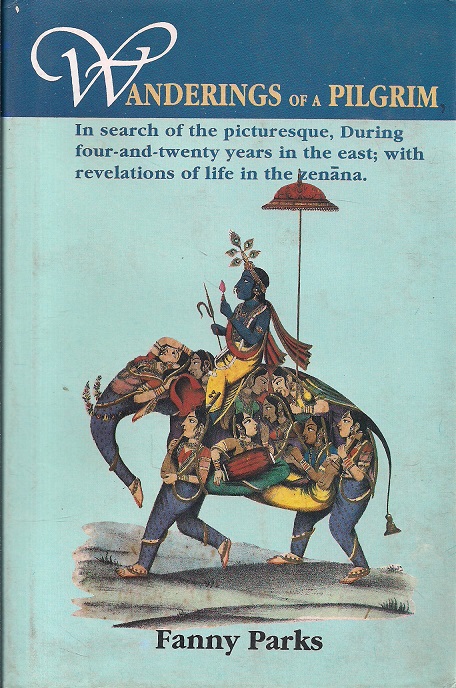
Sri Aurobindo's Integral Education in Practice:
In any task of creation, there is the presence of five elements; Earth, Water, Fire, Air, and Ether. These elements are represented (symbolically) by Student, Teacher, Knowledge, Language, and Environment in education.
In any task of creation, there is the presence of five elements; Earth, Water, Fire, Air, and Ether. These elements are represented (symbolically) by Student, Teacher, Knowledge, Language, and Environment in education.

Every student, like a piece of clay (earth), has his own intrinsic quality (svabhava). Some are malleable, but some are stiff. Yet every piece of clay comes with immense possibilities. One has to act according to the temperament of that piece of clay to make it grow/flourish.
Then comes the water, represented symbolically by the teacher here, who pours himself into the earth, nourishing it, making it soften, and helping it mold itself the way it wants. The quality and the quantity of water need to vary according to the nature of the clay.
Fire; symbolically represented by the fire of knowledge. The clay cannot hold itself or take a shape unless it has been baked in the fire of knowledge. And in the process of baking, the water (the teacher) evaporates leaving only the clay (child).
Air: means of transmission, means by which we communicate knowledge. The clay needs a certain amount of air to settle down in its shape, after its trial and tribulations through fire. Similarly, it does matter how we communicate and transmit knowledge in the process of education.
Ether: It is the Environment in which this whole process takes place. The environment is subtle yet powerful. It is molding both from the outside and inside. The environment is all three: physical, psychological, and spiritual; and works as both implicit and explicit curriculum.
• • •
Missing some Tweet in this thread? You can try to
force a refresh










